I love curry. Lately, it’s all I want to eat. Having grown up in rural Iowa, you can probably guess there weren’t too many local Thai restaurants in the area. That tally came to zero, actually. I had my first curry experience while living in Washington D.C., but it wasn’t until I moved to Pittsburgh that I completely fell in love with it. I was at the movies with a friend, and when the show ended we walked into the first restaurant we saw. It was a small Thai place across the street, and from the moment I tried their panang curry I was hopeless hooked.
That was three months ago. It took me all of four days to attempt to make curry on my own, and to say the least, the result was incredibly average. Nothing I made was as thick, creamy, or flavorful as the curry I had in that small Thai restaurant in Squirrel Hill, Pittsburgh.
So when I saw Sarah Fragoso’s book, Everyday Paleo Thai Cuisine, on Bill and Hayley’s dining room table, I grabbed it. I flipped through the contents, hoping she had the recipe I was searching for. Sure enough, she had created a Paleo version of panang curry. I immediately asked my bosses if I could borrow the book. “Go for it,” they said.
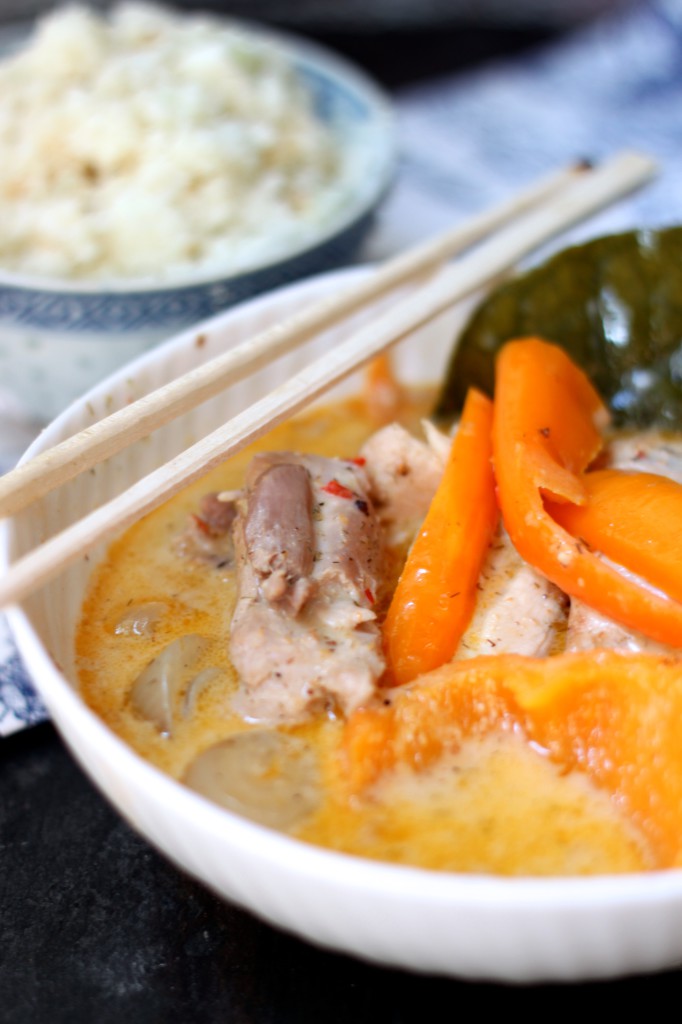
Before I go into my experience at attempting this recipe, let me explain one thing: I am not the kind of person who thinks things through. Instead, I’m more the, “Oh..I’ll figure it out,” type, who fixes things after I’ve already screwed them up. I attempted to make Sarah’s curry recipe the same day I read it for the first time. This resulted in many trips to the grocery store, and flipping back in forth between chapters in the midst of cooking. Had I been more prepared, I would have carefully, and thoroughly read three [rather important] sections at the beginning of the book:
- Thai Ingredients, substitutions, and kitchen tools, pages 12 – 27. If you read ONE SECTION in this book, read this one. It gives a description for each obscure ingredient (many of which I had never heard of before) and potential substitutions for these ingredients.
- Resource guide, pages 28 – 29. Here, Sarah gives brand suggestions for her “main” ingredients.
- Curry pastes, pages 54 – 55. Read her advice on how to prepare curry – she offers modifications based on what kitchen tools and ingredients are available to you.
Instead, here is the CliffsNotes version on my methodical cooking:
- Open Sarah’s book to “Panang Curry,” page 142. Realize I need to go back to page 55 to actually make the curry paste.
- Glance over the Panang variation of Red Curry Paste. I’ve never heard of half the ingredients, so choose to bring the entire cookbook shopping with me. This is the only wise decision I will make all day.
- Head to the Strip District, an old market neighborhood in Pittsburgh. I find whole coriander seeds, cumin seeds, peppercorns, and cashews at an old Italian market.
- Second stop: I walk into Penzey’s spices. A nice worker helps me find lemongrass and dried red chiles. I opt for buying dried shallots instead of fresh. When I ask about galangal, the worker asks me if ground galangal will work. I tell her yes [I’m wrong].
- Third stop: I walk into a local Asian market, and ask if they have Thai chiles. I’m told there is no such thing, and to be more specific. I find Sarah’s list of suitable options on page 13, and choose red bird’s eye chiles from the shelf. The store carries shrimp paste, but I can’t find a brand without soy, and leave without. I grab keffir lime leaves from the freezer section, assuming they are the same as keffir lime rinds [they’re not].
- Stop four: I head to Whole Foods to find protein, and opt to buy canned coconut milk rather than make my own. I ask a worker if they have coriander root, and find out they do not. [Later, I would discover this is simply another name for the stems of cilantro.]
- Stops five, six and seven: I stop at an Indian market, a Japanese food store, and a Chinese grocery store and ask about soy-free shrimp paste. I’m turned down every time. [Sarah recommends Tra Chang, which can be ordered online].
- Stop eight: I return to the original Asian market, and opt to buy shrimp paste with soy [sorry everybody, just practicing full disclosure here].
After all my shopping trips, I still returned home without two ingredients. While preparing the paste, I realize that while dried galangal can be used, ground galangal cannot. I also find that keffir lime rinds refer to the zest of the lime, not its leaves. I made one return trip for dried galangal, but considered keffir lime rinds a loss. I substituted regular ol’ lime zest.
Now, doesn’t this make you want to read the beginning of Sarah’s book? Say yes.
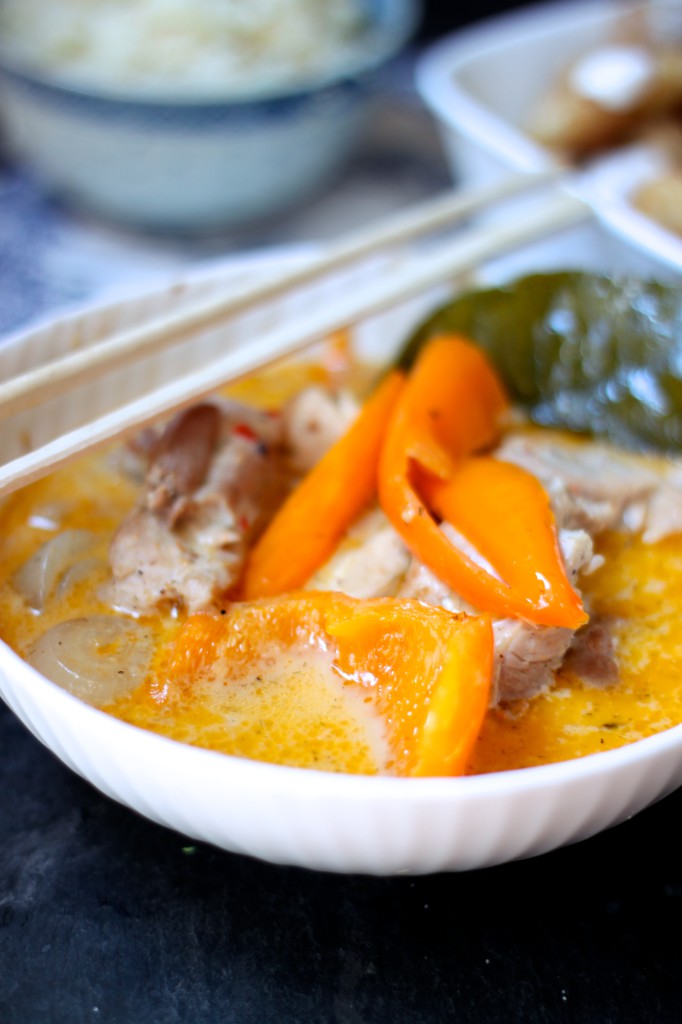
For as painful as grocery shopping for this recipe was, the actual creation of it went off without a hitch (ok, minus the instances already mentioned). I used my food processor to make the paste, in absence of a mortar and pestle. While substitutions were included (dried shallot, lime zest, and dried galangal) the result was still amazing. When I threw the paste in the wok, my roommates poured in from the living room. The aroma was so powerful, and so amazing, we started sneezing. I knew I wouldn’t have to dose this curry with red pepper flakes for spice, as I’ve done with store-bought brands.
I chose to add yellow peppers and onions to the curry, and let it simmer. I used the extra chicken I had on hand to make Sarah’s Deep Fried Chicken with Creamy Lime Sauce – and it was the EASIEST recipe to follow. After the curry-shopping debacle, I could have cried it was so easy (although I did cheat and use store-bought mayo for the sauce).
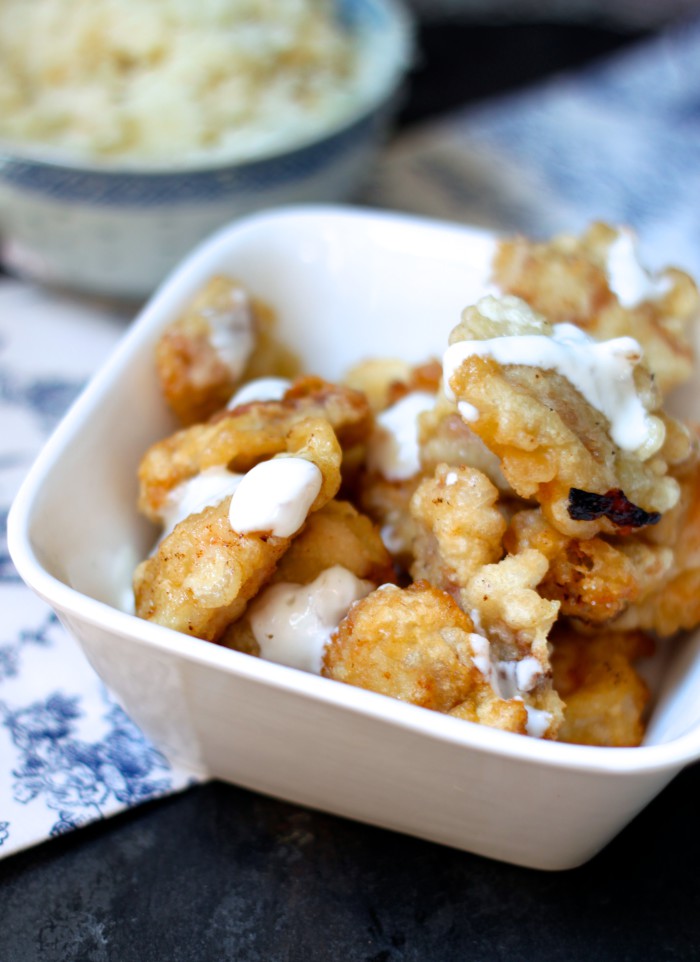
If you love Thai food, I would definitely recommend Sarah’s book. I can’t stress enough how valuable her recommendations are, or how important it is to take an accurate survey of the ingredients available to you. I’m fortunate to live in a city where I can visit specialty grocery stores, but come from a rural area where such places do not exist. Find out what is available in your area, then purchase specialty items online as necessary. I’m only going to have to purchase those ingredients once. And the end result – even with modifications – was better than any pre-made curry paste I’ve had!
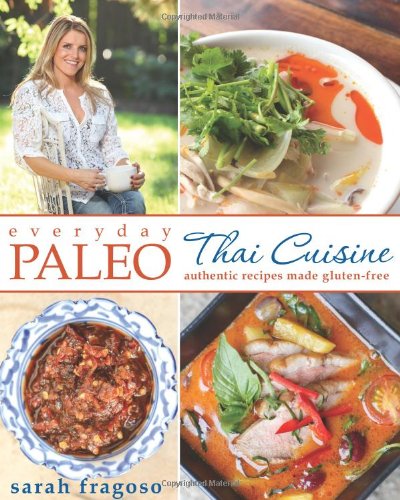
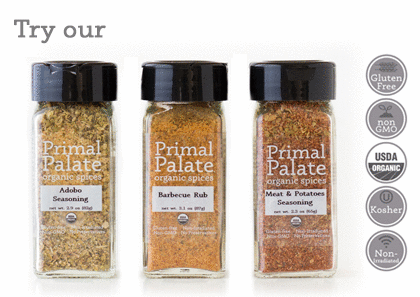
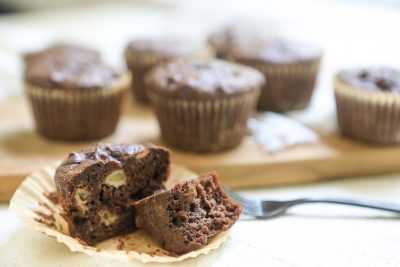

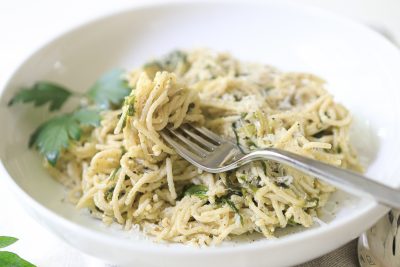

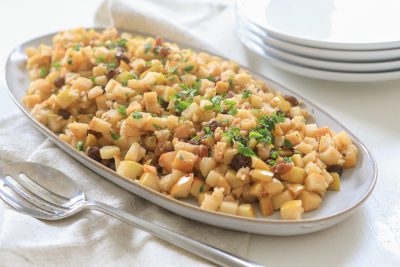
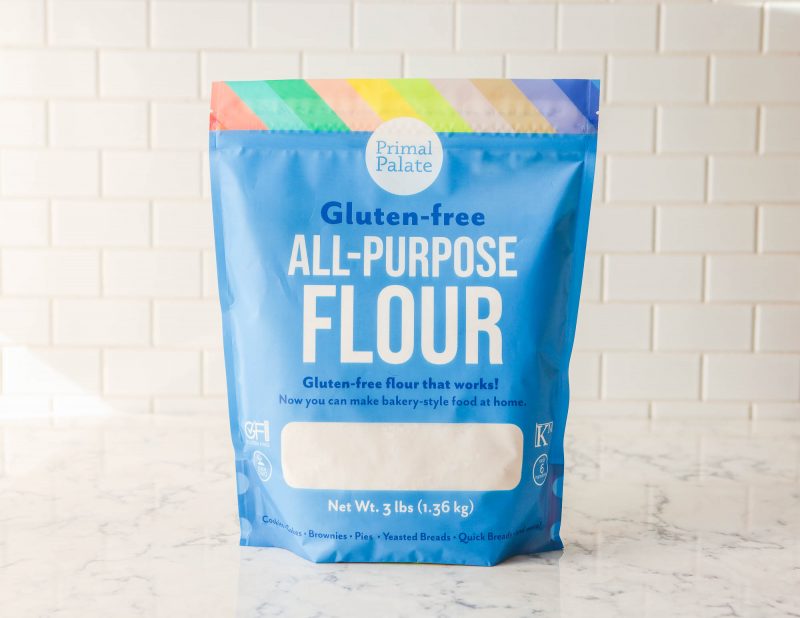
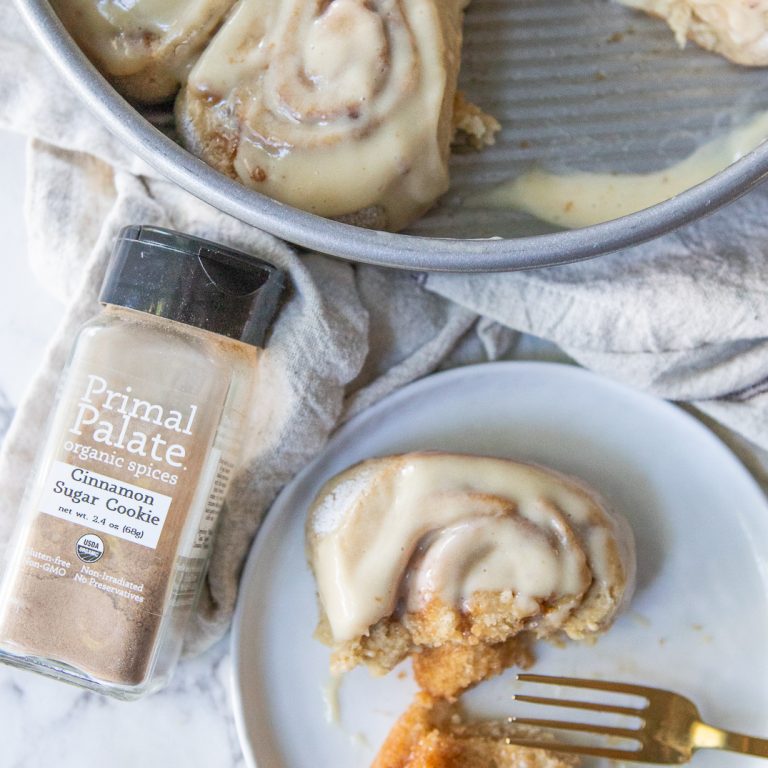
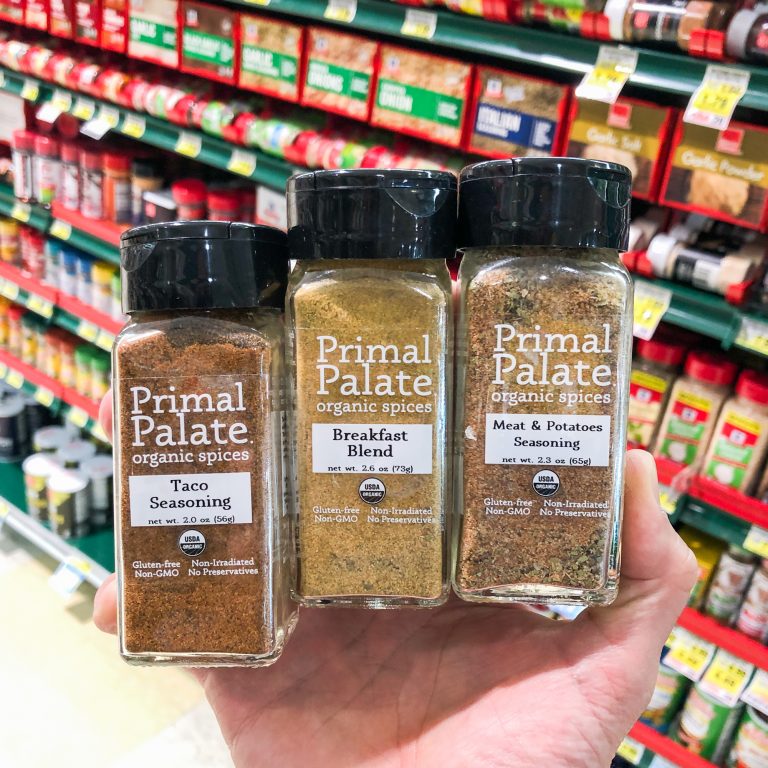
There are no comments yet.